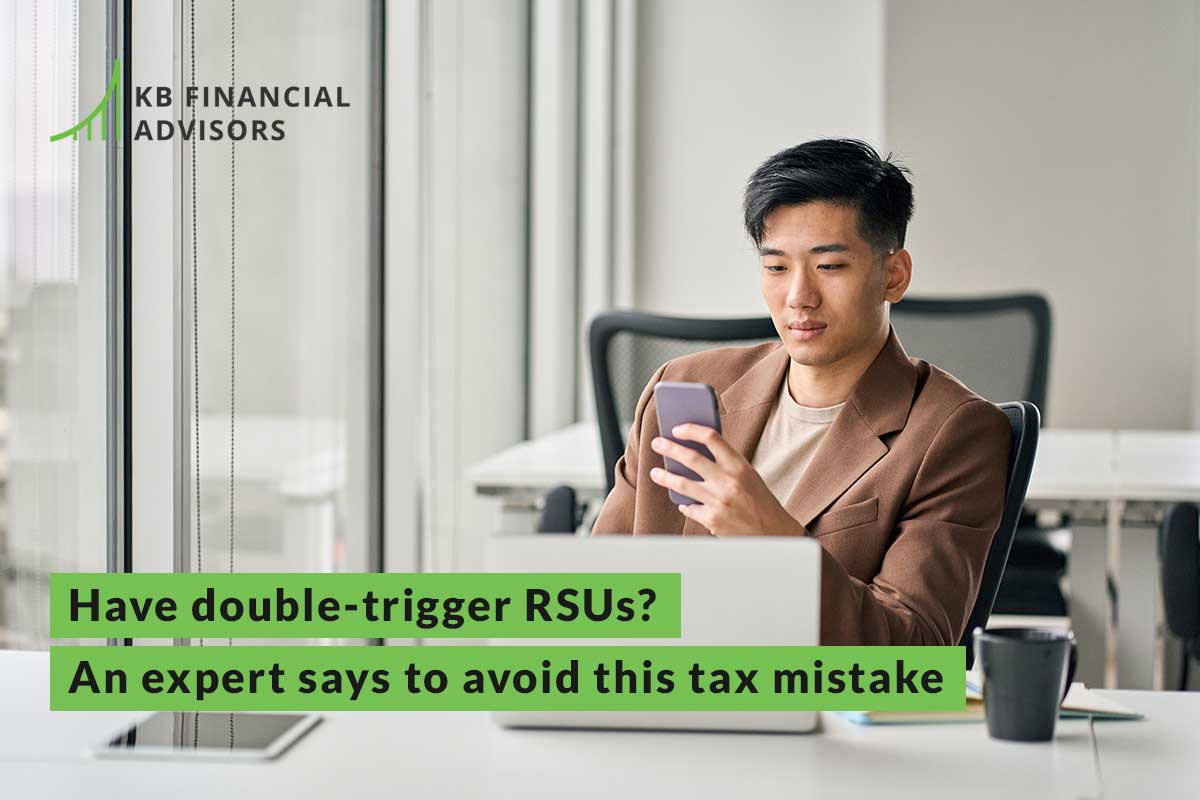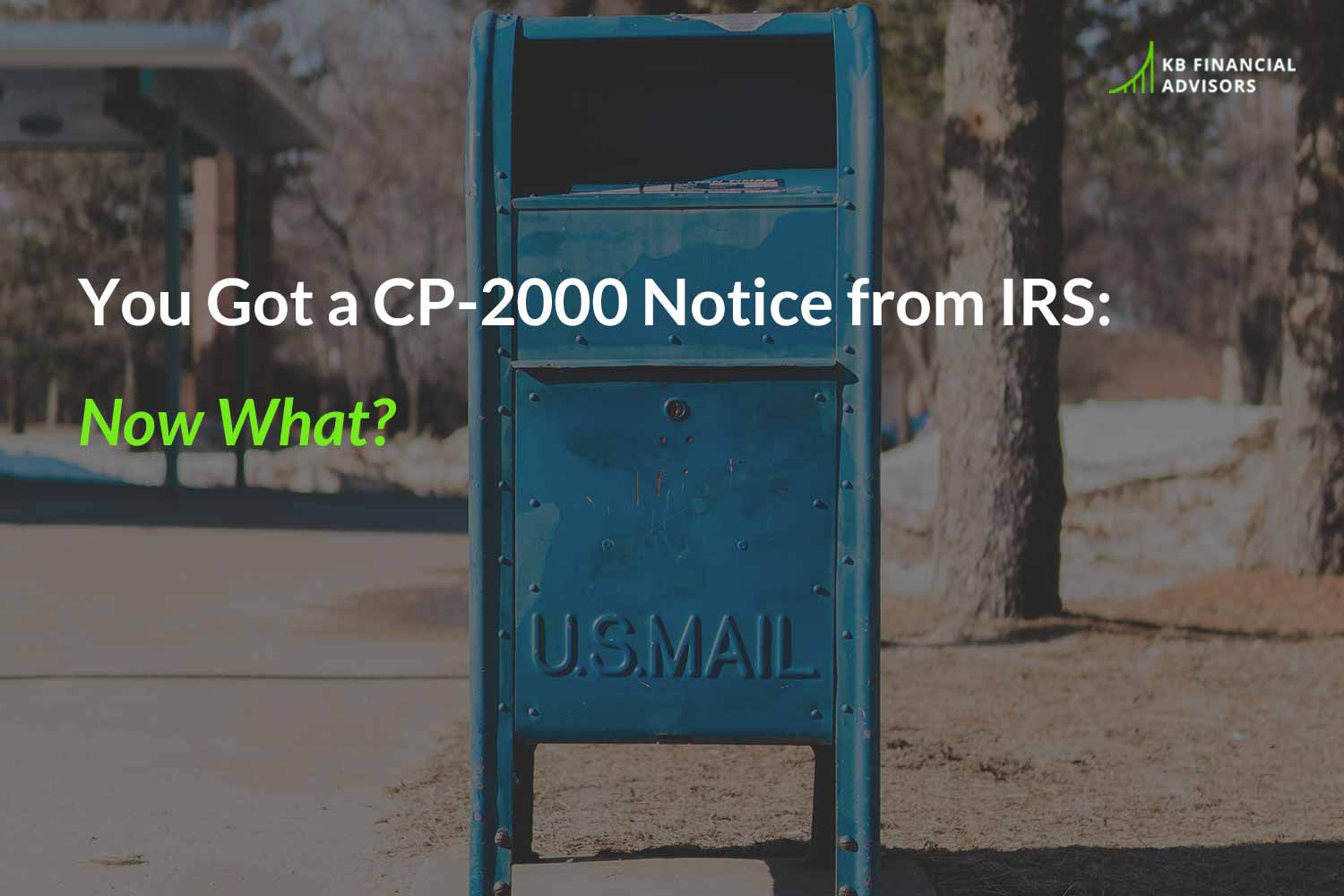Prevent a bad tax surprise with this complex type of restricted stock unit.
In the vast world of equity compensation, tech employees have a myriad of options (pun intended) to choose from.
One of the most common forms of equity compensation is restricted stock units (RSUs). Among publicly traded companies, RSUs are by far the most popular and widely used type of equity compensation. In their simplest form, RSUs are granted to you — the tech employee — by your employer. Employers also place a vesting requirement on the grant. Once vesting requirements are satisfied, you officially vest the shares, which are then released to you.
Vesting requirements can range from a multitude of factors, including:
- Performance
- Revenue targets
- Employment tenure
Your employer may even combine a variation of these vesting requirements.
Look to your stock option grant agreement for information regarding your specific vesting requirements. The agreement should also outline the amount that’ll vest and at what period in time, assuming you meet the vesting requirements stipulated in the agreement.
This all sounds pretty simple, right?
Not exactly. Double-trigger RSUs add another layer of complexity to your taxes.
All of the above is applicable and true, but with double-trigger RSUs, your employer has another vesting requirement on your RSUs, called a double-trigger vesting. In order for shares to be released to you, you must meet all the vesting requirements as specified in your grant agreement (this is trigger one). On top of that, your company must have some form of liquidity event (this is trigger two, hence the name). Double-trigger vesting is common among non-publicly-traded companies, since they have yet to experience their liquidity event (which oftentimes is an IPO).
Though the most common, IPOs aren’t the only type of liquidity event you may be anticipating. Liquidity events can also take the form of mergers, acquisitions, tender offers, and SPAC (special purpose acquisition company) IPOs. A liquidity event may also look like a shareholder wanting to purchase shares from employees to further their investment in the company. All of these situations would satisfy your double-trigger vesting’s liquidity event requirement.
Learn from a double-trigger RSU tax example
In this example, tech employee Aidan is granted double-triggers RSUs.
Here’s some background info and how things play out for him:
- Aidan is granted 10,000 shares on December 1, 2022
- The grant is an RSU that has time vesting requirements and a double trigger
- On December 1, 2023, Aidan hits his one-year cliff and ⅓ of the grant is vested (3,333 shares)
- He continues to vest each month for the next three years
Aidan is fully vested in the RSUs, meaning his employer has an obligation to release the shares to him. However, until the company experiences some sort of liquidity event, there’s no actual compensation component for Aidan.
In February 2024, the company announces it’s raising funds through private sources, like venture capital firms. A portion of the proceeds will be invested in the company and will also be used to pay out RSUs to vested employees. As of February 2024, Aidan has vested 3,703 shares. His employer is using its most recent 409(a) valuation to pay employees in the tender offer, and the price per share is going to be $55.
By multiplying the price per share ($55) by the number of his vested shares (3,703), Aidan calculates he’ll have $203,665 in additional income in 2024 since the double-trigger requirement of the RSUs will be satisfied through the pending tender offer.
Even though Aidan vested the shares through 2023 and 2024, all his income will be taxed in 2024 because that’s when the shares are officially released. So he decides to sell just enough shares to cover his tax bill.
What does this mean for you?
You can most likely expect a large tax bill come filing deadline. Keep in mind, double-trigger RSUs can cause large, lump sum payments and correspondingly hefty tax bills. Double-trigger RSUs are taxable in the tender offer, but that just means you have the opportunity to sell.
Conversely, traditional RSUs, which don’t have the double-trigger requirement, vest and immediately release. This results in income that’s spread out more evenly — well, as evenly as equity compensation can be.
Depending on your company, you might have a window that’ll allow you to sell shares at the offer price. Once there’s a liquidity event, you’ll have taxable wages. However, if you don’t opt to sell (even if just to cover taxes), you’ll be left with a huge tax bill and no cash to pay it. That’s a mistake you don’t want to set yourself up for.
So you can’t just exclaim “I’ve got a liquidity event!” and call it a day. Taking that extra moment to sell shares is a critical step here, and you need to sell enough to at least cover your tax obligation.
Avoid costly mistakes, partner with a tax expert
If handled strategically, double-trigger RSUs can add more joy than stress to your life. But as the example above illustrates, it’s easy to make a mistake during your first double-trigger RSU rodeo.
It’s not every day you’re given the opportunity to be in this financially exciting position, so don’t go at it alone. Seek professional help to work with someone who understands double-trigger vesting and who’s helped tech employees in your same position before.
A financial advisor enters the picture when pinpointing your tax liability and deciding what else you want to sell beyond your tax obligation. Diversifying and managing your concentrated stock position is important, but that takes conversations with an advisor to determine what exactly is best for you.
Book a call today to talk to myself or another expert on our team about planning for your double-trigger RSUs.






